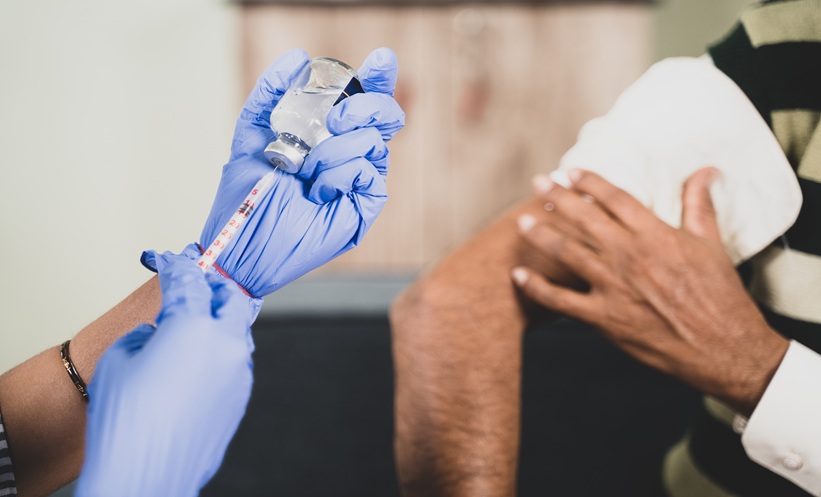AS OF 21st April 2022, at least 169 cases of acute hepatitis of unknown origin have been reported in children aged between 1 month–16 years. Cases have been confirmed by 11 countries in the World Health Organization (WHO) European Region, and one country in the WHO Region of the Americas. Although many of the affected individuals appear to be recovering well, there has been at least one death, and 17 children have required a liver transplantation.
Adenovirus subtype 41 has been detected in a high proportion of cases, indicating it might be the causative pathogen. However, it is important to note that this does not fully explain the severity of the clinical picture. Therefore, in its latest technical briefing, the UK Health Security Agency (UKHSA) surmised that there may be “a cofactor affecting young children which is rendering normal adenovirus infections more severe or causing them to trigger immunopathology.” Potential cofactors listed were susceptibility arising from a lack of prior exposure during the COVID-19 pandemic; prior infection with severe acute respiratory syndrome coronavirus 2 (SARS-CoV-2) or another infection; a coinfection with SARS-CoV-2 or another infection; or a toxin, drug, or environmental exposure.
Selena Sagan, Associate Professor, Departments of Biochemistry and Microbiology & Immunology, McGill University, Montreal, Canada, summarised the possible underlying causes: “Thus far, common viruses known to cause hepatitis have not been detected, and there doesn’t appear to be a clear link to a particular food or toxin. An adenovirus has been detected in some of the cases, but it is unclear whether this is the culprit, or if there is a link to SARS-CoV-2 or another pathogen. Importantly, there is no evidence to suggest a link to the COVID-19 vaccine as the vast majority of children did not receive the COVID-19 vaccine.”
With regard to the public health response, more detailed clinical and exposure histories, toxicology testing, and additional virological and microbiological tests have been initiated in countries with identified cases. Furthermore, affected areas are also deploying enhanced surveillance activities. Overall, the priority is to determine the aetiological agent of these cases in order to further refine control and prevention measures.








